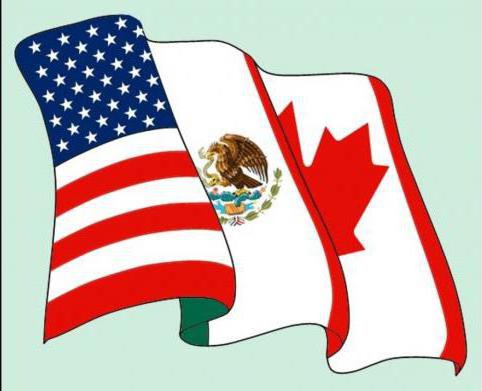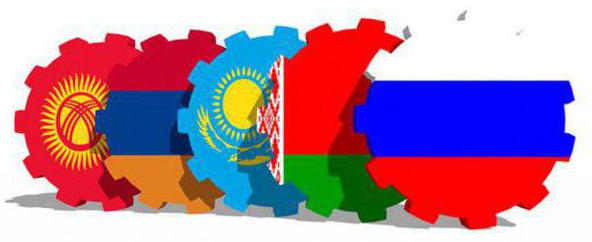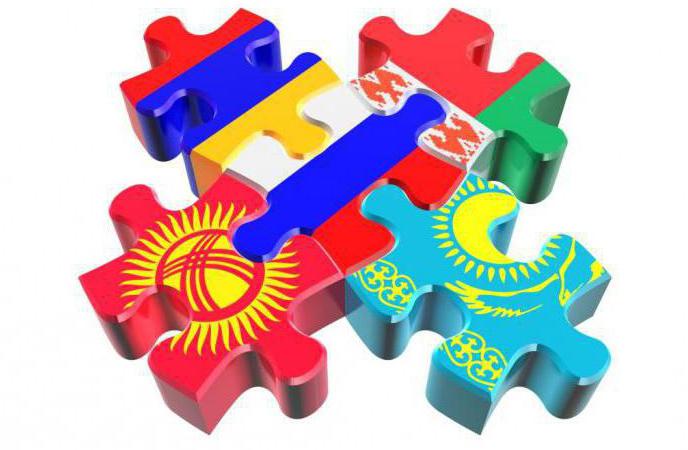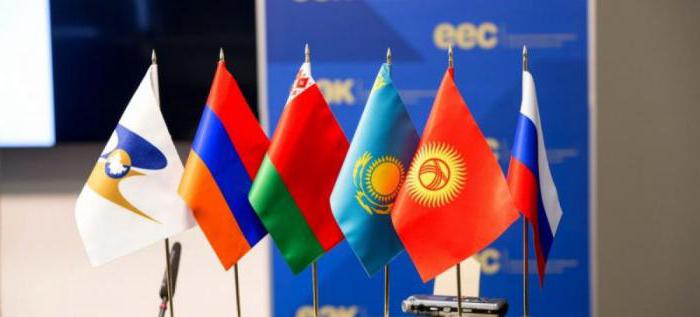Almost the entire modern world is involved in the process of economic integration - working together is much more effective than alone. Integration has several stages, and one of them is a free trade zone. What are the distinguishing features of this stage of unification and what famous economic groups representing free trade zones exist?
What is a free trade area?
What is the essence of such economic cooperation? The countries of the free trade zone create something like a single trade space on the territory of which neither customs tariffs, duties, nor any other trade barriers operate. At the same time, the internal politics of countries retains their independence - the only thing that unites them is a trade agreement. In addition, each country can establish its own rules for doing business with third states - no one requires a single policy from them.
Some details
Despite the fact that the agreement on a free trade zone helps member countries to strengthen relations among themselves, it also has some disadvantages. For example, the application of such agreements is not entirely suitable for large-area states - nevertheless, additional profit could be gained for the movement of foreign goods within the country. In addition, the removal of customs duties allows you to reduce the price of imported goods, and therefore make it a real competitor to domestic products.

The latter does not always withstand such a confrontation, sometimes it is almost completely squeezed out of the market. It will also be necessary to tighten controls at the borders of the participating countries in order to avoid the import of goods from third countries, which may also become competitors of products manufactured within the association. A free trade zone is not only some economic advantages, but also vigilant monitoring of the state of the world market and the activity of partners from third countries.
Process of creation
And so begins the creation of a free trade zone. What measures must be taken to ensure that it functions at its full potential, while respecting the interests of all participating countries?

You should start by canceling any mutual payments for the import and export of goods, for their transportation, and so on. Naturally, absolutely all participants of the integration association take part in the negotiations on the abolition of “exemptions”. The next stage is an agreement between the states on how indirect taxes will be levied. After this, a gradual elimination of any trade barriers and restrictions that still existed between the participants begins. In the process of integration, special bodies are also created, on whose shoulders lies the responsibility for the process of unification, the documents regulating it, the preparation of reports on the results of integration, and so on. One of the last stages of the merger is the establishment of measures to control re-export to states that are not members of the free trade zone.
All of the above measures will contribute to the creation of highly efficient trade cooperation between states and, possibly, under certain conditions, will contribute to further integration.
Evolution
Preferential trade agreements, free trade area, customs union, common market, economic and political union - all these stages reflect the evolution of international economic cooperation.If at the first stage, preferential agreements, countries only give certain benefits to each other, then with each subsequent stage they begin to strengthen their ties.
In the free trade area, member states are getting rid of internal barriers and customs controls in relation to each other. The transition to the customs union already obliges them to pursue a similar, if not the same, foreign economic policy, that is, their attitude to some third states will be absolutely the same. Economic union means the introduction of a common currency, as well as the transition to a common domestic economy. The last stage in the development of an integration association is the general constitution, the legal system, and the destruction of all possible borders. The most striking example of such an economic grouping is the European Union, which, having begun its history in 1958 for half a century, was able to overcome many difficulties and enter an unprecedented stage of integration.

NAPHTHA
One of the first such integration associations in the world was NAFTA, which is also the North American Free Trade Zone. Established in 1994, it united the United States of America, Canada, and Mexico. Within NAFTA, there are no trade barriers to trade in automotive, textile, petrochemical, energy, agricultural, and telecommunications products. Not subject to duties and patents, innovations and other results of intellectual activity. The countries of the North American free trade zone also cooperate in the field of ecology - they have one nature at all because of the geographical location of the states. In addition, NAFTA also regulates labor migration between countries.

The problem with this association is that the USA, as the center of this integration, stands out. Currently, there are thoughts about revising the rules for the participation of this state in the association, but it is difficult to say whether the order of membership of America will change. The association does not plan to move to the next level, to the customs union, due to the difference in the economic development of member countries: if the United States and Canada are developed states, then Mexico is still developing. It is likely that integration was facilitated only by territorial proximity, since none of the countries particularly benefited from it.
EAEU
The free trade zone of the EAEU (Eurasian Economic Union) no longer exists - it has been replaced by a customs union, a new level of integration association. The EAEU Customs Union implies a common foreign economic policy and the absence of internal barriers to trade, in addition, citizens of the member countries of the association can apply for work in any other state of the union on the same conditions as the citizens of this state.

The members of the association were Armenia, Belarus, Kazakhstan, Kyrgyzstan and Russia, in addition, Syria, Tunisia and Turkey expressed their desire to join the union.
The objectives of the creation of the EAEU
Among the main goals of the integration association is the abolition of any customs payments within the union, which will reduce the price of manufactured goods and, therefore, increase their attractiveness to the consumer. The member countries consider protecting their domestic markets not only from competitors, but also from low-quality products as one of their main goals - therefore, within the framework of the association, special standards are established for all transported goods.

In addition, the customs union will contribute to the development of economic relations between member states, allowing you to carry out any financial operations within the union much faster than with third countries.
Association Difficulties
However, it is worth noting that integration, even at a rather high level of the customs union, has not fully occurred.From time to time, disputes arise between member countries (in particular Belarus and Russia) due to the fact that one of the parties considers the products of the other to be inadequate to the necessary standards. In addition, the difference in the level of economic development of Russia and other countries forces the latter to submit to the interests of a larger state, that is, there is no equality in the EAEU.

It is difficult to say that member countries have benefited from the conclusion of this agreement (the only thing that should be noted is the expansion of markets, since in some countries, due to their small size, there were not many opportunities for selling products), but, with on the other hand, it is likely that if it were not for the customs union and the free trade zone existing within it, the consequences of global financial crises would be much more serious for the participants of the Eurasian Economic Union, and so they would be mitigated by the intervention ntv into the domestic economy of Russia.
Conclusion
At first glance, the agreement on a free trade zone seems to be a really good option for economic integration. At the same time, countries with approximately the same level of economic development should join such associations so that the interdependence of member states is minimal. It is likely that in some cases, integration associations can help the less developed countries reach a new level, so you should not take the idea of integration in advance negatively. The clearest example of how a free trade area has grown into something much more global is the European Union. Yes, today it is going through hard times, but at the same time it remains one of the most serious economic forces. Each association can move to a new stage of development, so perhaps a free trade area is just the beginning.